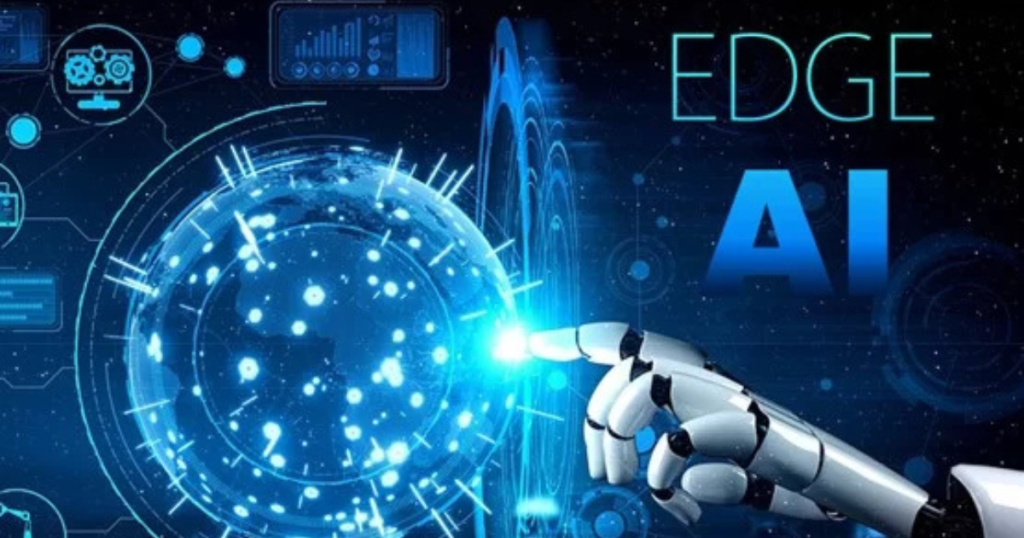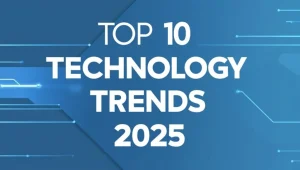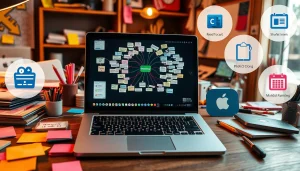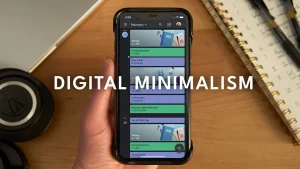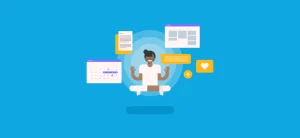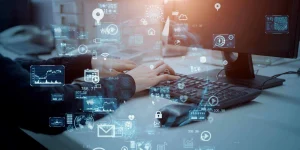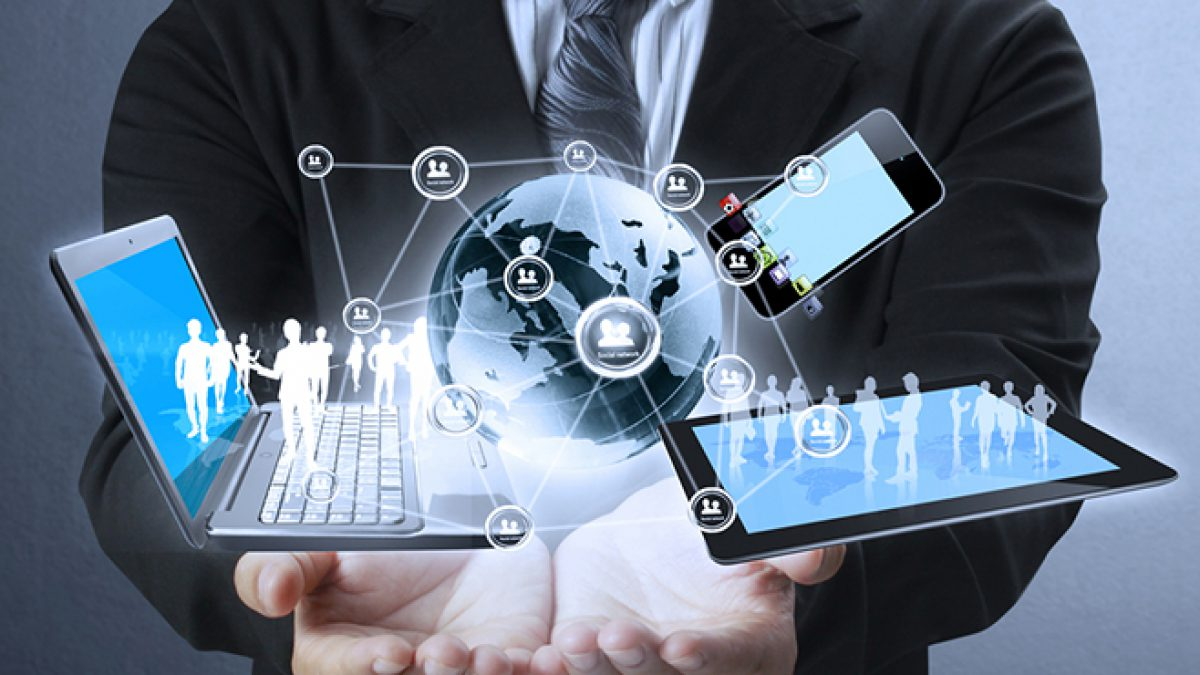The majority of our lives in today’s fast-paced world—work, school, socializing, and even leisure—take place online. You’re not alone, though, if your digital environment seems disorganized and overwhelming.
A hectic digital existence can make you feel overwhelmed and unproductive, from disorganized calendars and forgotten to-do lists to cluttered inboxes and misplaced data.
Fortunately, productivity tools—the very technology we depend on—have the answer.
You can take charge of your online life, increase your productivity, and organize your digital life with the correct apps and routines.
The Importance of Managing Your Digital Life
An orderly digital workspace benefits you:
- Improve your focus.
- Save time looking for information or files.
- Boost mental acuity
- Reduce stress and accomplish more.
- Maintain a balance between your personal and work lives.
Decluttering your electronics can help you clear your mind.
Detailed Guide: Using Productivity Tools for Digital Organization
1. Control the File Disorder
Tool: OneDrive, Dropbox, and Google Drive
When it comes to keeping business files, documents, and pictures organized, cloud storage is your greatest friend.
- Make folders for things like projects, work, finances, and personal.
- Name files clearly with dates and keywords
- Utilize shared folders to facilitate cooperation.
- Create frequent backups
Pro Tip: To prevent digital clutter, maintain a straightforward folder layout.
2. Clear Out Your Email
Tool: Spark, Superhuman, Gmail + Clean Email
Too many emails? You’re not by yourself. Try this:
- Stop receiving newsletters that you don’t read
- Filters can be used to sort incoming mail.
- Archive old emails rather than allowing them to accumulate.
- Instead of checking email all day, schedule specific times to do so.
Bonus Tool: Clean Email facilitates automatic email organization and batch deletion.
3. Handle Your Assignments Like an Expert
Tool: Notion, TickTick, Microsoft To Do, and Todoist
To keep organized, use digital task planners instead of sticky notes.
- Sort tasks into three categories: personal, work, and home.
- Make use of due dates and frequent reminders.
- Use color codes or tags to prioritize
- Examine your assignments every day.
Pro Tip: Make sure your list of things to do is concise and manageable. Don’t overdo it.
4. Make Your Schedule Easier
Tool: Calendly, Outlook, and Google Calendar
A digital calendar that is in sync is essential for maintaining organization.
- Utilize a single calendar for all purposes (category-specific color coding)
- Set aside time for meetings, in-depth work, and breaks.
- Create recurring events and notifications
- To prevent exchanging emails back and forth, use scheduling tools.
Bonus Tip: To intentionally arrange your week, check your calendar every Sunday.
5. Organize your ideas and notes
Tool: Apple Notes, OneNote, Evernote, or Notion
Keep everything in one location, including class notes, business ideas, and grocery lists.
- Make theme-based notebooks or pages
- Make use of links, tables, and checklists.
- Include tags to facilitate searching
- Device syncing for access at any moment
Pro Tip: To cut down on repetition and expedite organization, use templates.
6. Protect Your Online Accounts
Tool: Bitwarden, 1Password, and LastPass
Trying to recall thirty distinct passwords? Don’t.
- To store and automatically fill in login credentials, use a password manager.
- Turn on two-factor authentication.
- Check your accounts for recurring or weak passwords.
Bonus: Maintain efficiency while keeping your digital life safe.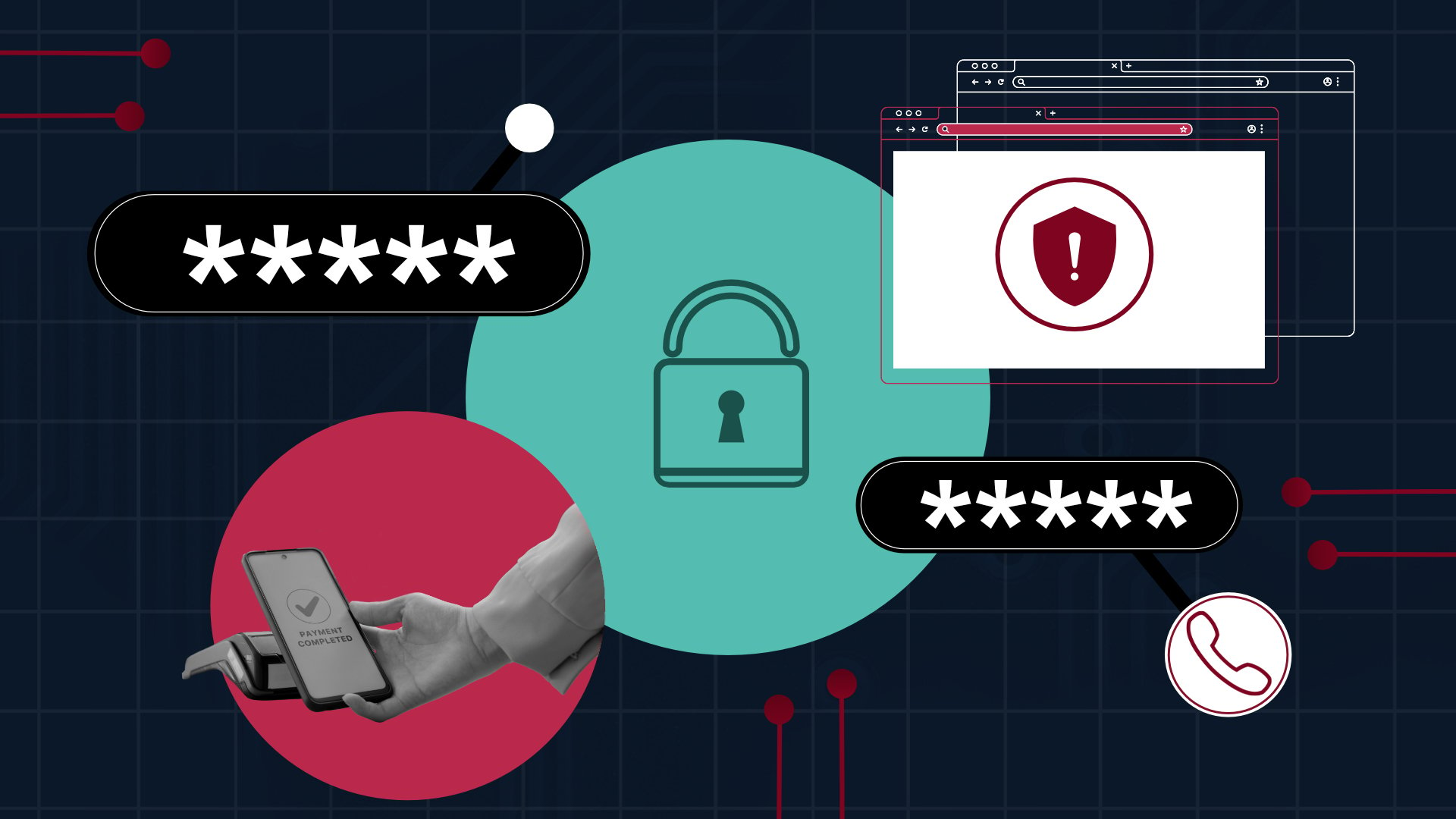
7. Simplify Your Apps and Phone
When utilized properly, your phone may be a productive tool.
- Remove unnecessary apps
- Disable alerts that are not necessary.
- Sort apps into categories (Health, Finance, Social, and Work).
- For easy tool access, use launchers or widgets.
Pro Tip: Plan “detox” days for your apps, during which you unplug and restart them.
Conclusion: Simplify to Succeed
You don’t have to become a productivity expert right away. Start small by clearing out your inbox, organizing your files, or creating a to-do list. You’ll create a digital environment that fosters your concentration, creativity, and mental calm one step at a time.
Your digital life doesn’t have to be hectic; it can be orderly, serene, and very productive with the correct productivity tools.






